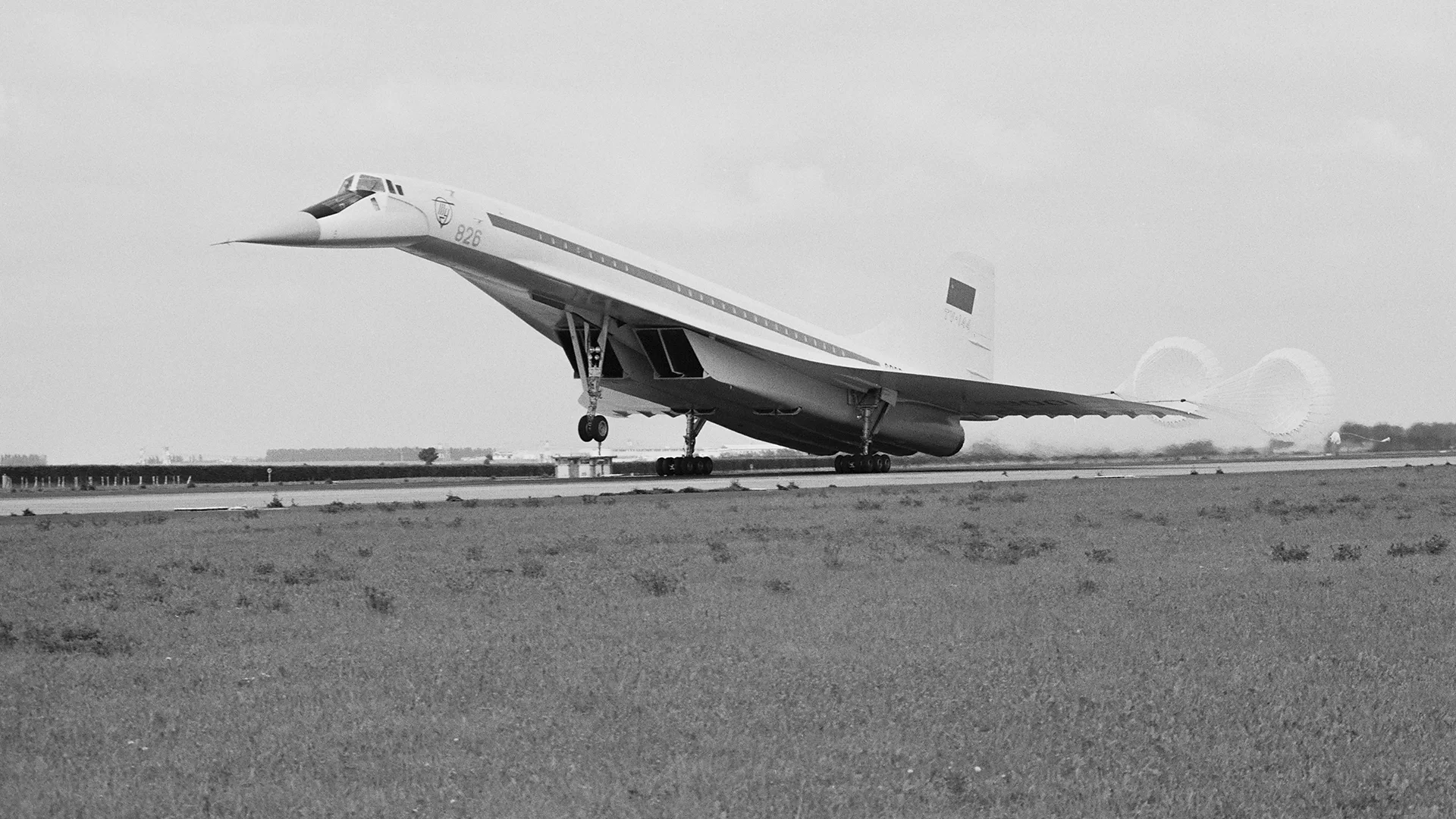The Russian Rival to the Concorde
-
Old story, but still interesting.
https://www.bbc.com/future/article/20171018-the-soviet-unions-flawed-rival-to-concorde
It is December 1968, and a truly ground-breaking airliner is about to take its first flight.
It resembles a giant white dart, as futuristic an object as anything humanity has made in the 1960s. The aircraft is super streamlined to be able to fly at the speed of a rifle bullet – once thought too fast for a passenger-carrying aircraft.The distinctive, needle-nosed front of the aircraft looks like the business end of something rocket-powered from a Flash Gordon serial; when the aircraft approaches the runway, the whole nose is designed to slide down, giving the pilots a better view of the ground. The effect makes the aircraft look like a giant bird about to land.
It sounds like a description of the Anglo-French Concorde, the plane that will cross the Atlantic in little more than three hours – but it’s not. The spaceship-styled jet sports the hammer and sickle of the Soviet Union on its giant tailfin. It is the Tupolev Tu-144, the communist Concorde, and the first passenger aircraft to fly more than twice the speed of sound.
Its first flight comes three months before Concorde takes to the air. But the Tu-144 – dubbed ‘Concordski’ by Western observers for its similarities to its luxurious rival – never quite becomes a household name.
It is partly down to design failure – but also because of a high-profile disaster at the 1973 Paris Air Show, a tragedy that took place in front of the world’s press.

The Tu-144 was one of the last airliners to have to use a braking parachute to decelerate -
Link to video
According to Iosif Fridlyander [ru], an aerospace aluminium and beryllium alloys expert,[21]: 88 the Tu-144 design allowed a higher incidence of defects in the alloy structure, leading to the fatal in-air breakup of the aircraft in the 1973 Paris Air Show Tu-144 crash.[21]: 91 This conclusion was supported by some of the designers involved in the aircraft's development. Vadim Razumikhin wrote that the load factor experienced by the plane at the moment of the break-up was less than the specification mandated stress. If the stress tests had been conducted earlier, the disaster would have been averted. Eventually, the airframe was strengthened and the control system was modified to prevent overstressing the aircraft
-
From the article
The rivalry among the two supersonic airliner teams was immense. "Just wait until you see us fly," Tu-144 test pilot Mikhail Koslov apparently taunted the Concorde team, according to Time magazine. "Then you'll see something." On 3 June the Tu-144 took to the air, with Kozlov seemingly intent on surpassing Concorde’s flying display the day before, which had been somewhat cautious. Then disaster struck.
also
The Soviets couldn’t find an elegant solution to reducing noise inside the passenger cabin. The engines, and the air conditioning units which drew air from the engine inlets, both created enormous noise. Air conditioning was vital – the cabin would otherwise have become dangerously hot from the heat generated by air friction on the plane’s skin.
Concorde used its fuel as a ‘heat sink’ to keep temperatures down, so didn’t need such powerful air conditioners – and this kept noise down to acceptable levels.
The difference between the Tu-144 and Concorde is apparent in Moon’s description of the first Tu-144 flight that carried foreign observers:
"Passengers complained that the loud onrushing sound of wind made conversation impossible and communicated with each other by passing notes"